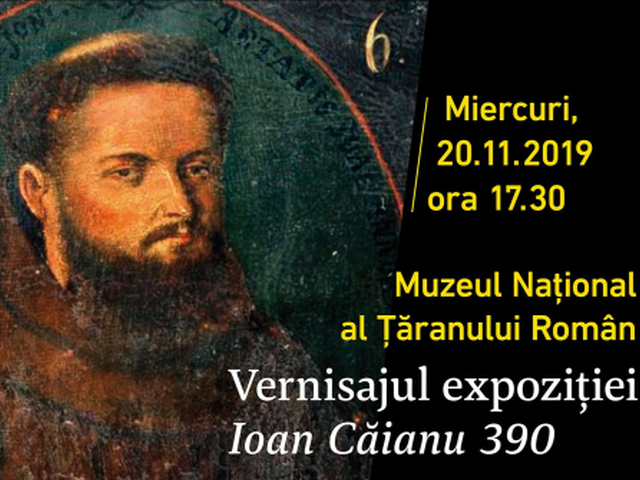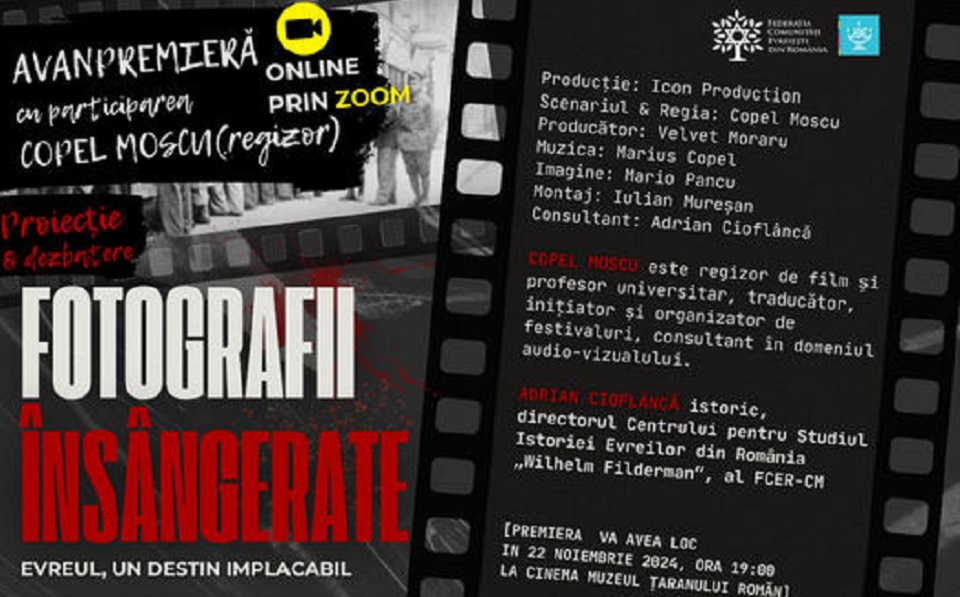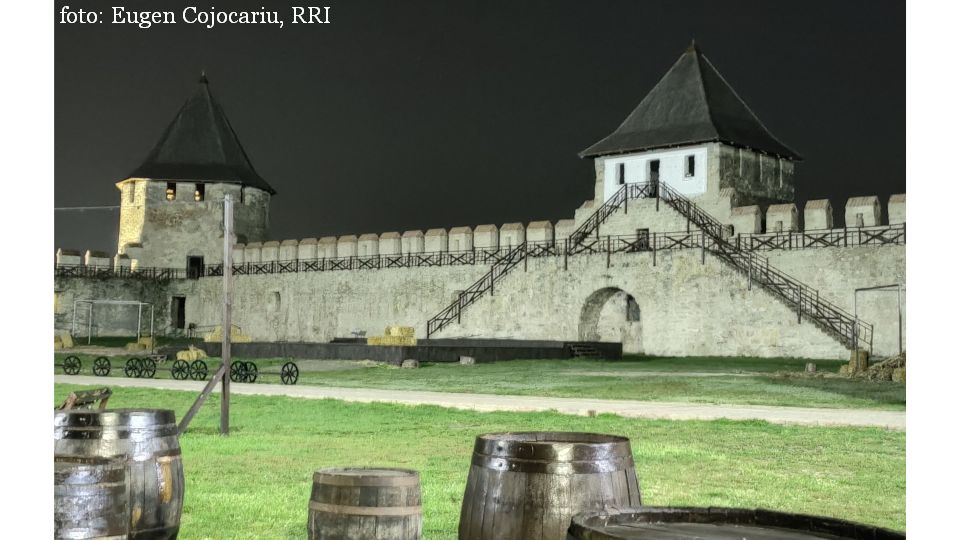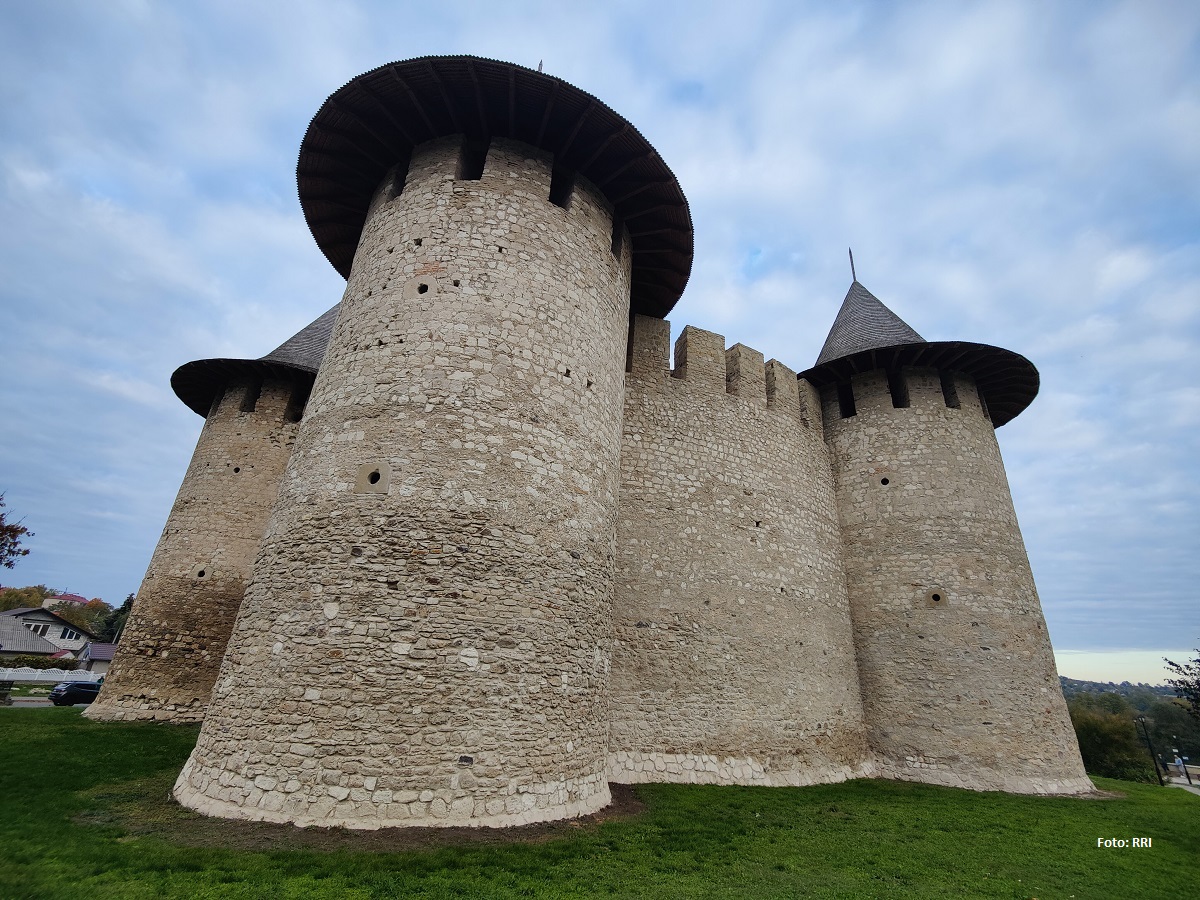Ioan Caianu

Christine Leșcu, 12.12.2019, 20:00
Ioan Căianu, whose name is
Ioannes Caioni in Latin or Kájoni János in
Hungarian, was one of the monks who worked meekly yet with passion and
determination, contributing to the progress of lay and religious culture of
Transylvania in the 17th century. A Franciscan monk, Ioan Caianu was
equally a musician, an organ player and a printer. Ioan Caianu came to be known
mainly due to an impressive collection of ancient, vocal and instrumental
music, Codex Caioni. Bits of that codex, mostly Romanian traditional pieces, in
the last decades came to be known to the lay public thanks to the musical
arrangements made by composers Marţian Negrea and Doru Popovici. However, it
all began in Transylvania’s extremely diverse religious space in the 17th
century. With details on that, here is book historian Erzsébet
Muckenhaupt.
Very little is known about Caioni’s family.
What we do know is that he was born in late 1629 or in early 1630, in the
village of Leghia, in Cluj County. His parents were of Romanian origin, and,
most likely, were part of the gentry that hailed from Caianul Mic, in northern
Romania. At the same time, we know very little about his education. We do not
know where he learned, nor do we know where he completed his primary school.
There are several assumptions for that. He may have studied with the Jesuits in
Mănăştur, nearby Cluj. We do not know how he got closer to the Franciscans or
how he embraced the Catholic faith either. At any rate, on September 17, 1648
he joined the Franciscan order, and in 1649 he swore his monk’s oath. He
continued his theological studies in Târnava, a locality which can be found in
today’s Slovakia, where he was also ordained a priest. It was also there that
he became acquainted with the religious music of his time, it was also there
that he perfected his organist’s skills and learned the craft of making musical
instruments, organs, first and foremost.
The
fact that he grew into a highly skilled organ builder as well as his talent as
an organ player took Ioan Caianu to the Franciscan monastery of Sumuleu Ciuc,
central Romania where he held the position of organist, between 1652 and 1657.
In 1664 Ioan Caianu built from scratch the organ of that church which was
destroyed in a Turkish-Tartar invasion in 1661. Also in Şumuleu Ioan Căianu
would found a print shop. With details on
that, here is Erzsébet Muckenhaupt once again.
In 1676
he succeeded to obtain from the Holy Congregation of the Faith in Rome
(Propaganda De Fide) the official approval for the setting up of a print shop
in Şumuleu Ciuc. The print shop was operational until the late 19th
century. Caioni ran the print shop and was also the editor of quite a few of
the works that were printed there. I think he was also a proof reader. The
print shop in a Şumuleu played an important part in the region, since it was
the only catholic print shop in Transylvania, where most of the print shops
were mainly Protestant. There was also an Orthodox print shop. Until 1726, it
was the only catholic print shop in Transylvania. The Jesuits’ print shop in
Cluj was set up the same year.
At
the print shop in Şumuleu Ciuc, Ioan Căianu performed a significant part of his
scholar’s activities. He authored more than 20 works, manuscripts or printed, with
a variegated content, religious or lay, among which prayer books in Latin and
Hungarian, a collection of Latin and Hungarian verse with more than 1,000
pages, a herbarium, a Szekely alphabet book, a Lithurgical calendar. However,
for their most part, his works are musical, just as it is the first book
printed in Sumuleu in 1676, Cantionale Catolicum. However, at present, it is
his work, Codex Caioni, Ioan Caianu is famous for. Speaking about that, here is
Erzsébet Muckenhaupt.
The
Codex is a noteworthy source for the history of music in Central and Eastern
Europe and 17th century Transylvania. It was named so, after the
name of Ioannes Caioni, who wrote and transcribed it between 1652 – 1671, when
he was a guardian with the monasteries in Şumuleu, Călugăreni and Lăzarea. He
wrote it for personal use. It is not a mainstream work in its own right as part
of the order, but it stemmed from Caioni’s sheer passion for music. He was not
the only one to have written the Codex, it was Mátyás
Seregély who most likely was a musician with the Jesuits or with one of the
Evangelical monasteries in Transylvania. It is in fact an anthology of
compositions, sacred and profane, with a notation system typical for the 17th
century musical scores, according to the new German system. All told, there are
290 religious musical pieces of the late 16th century and the early
17th century, that is 150 pieces. First of all, transcribed were the
works of Catholic composers in Northern Italy. There are also works authored by
Protestant composers. Some of them are of traditional inspiration, such as the
two Romanian Wallachian dances of the 17th century.
Ioan Căianu died in April 1687 in the Franciscan
monastery in Lăzarea, central Romania, where he had actually been appointed
guardian or abbot. As for the manuscript of the Codex, it was discovered in
1985, in the walls of the refectory of the Şumuleu Ciuc monastery, where it had
been hidden during World War Two. Erzsébet Muckenhaupt was one of those who
discovered it and put it to good use. At present, the manuscript is kept in the
museum of Miercurea Ciuc.
(translated
by E. Nasta)






























